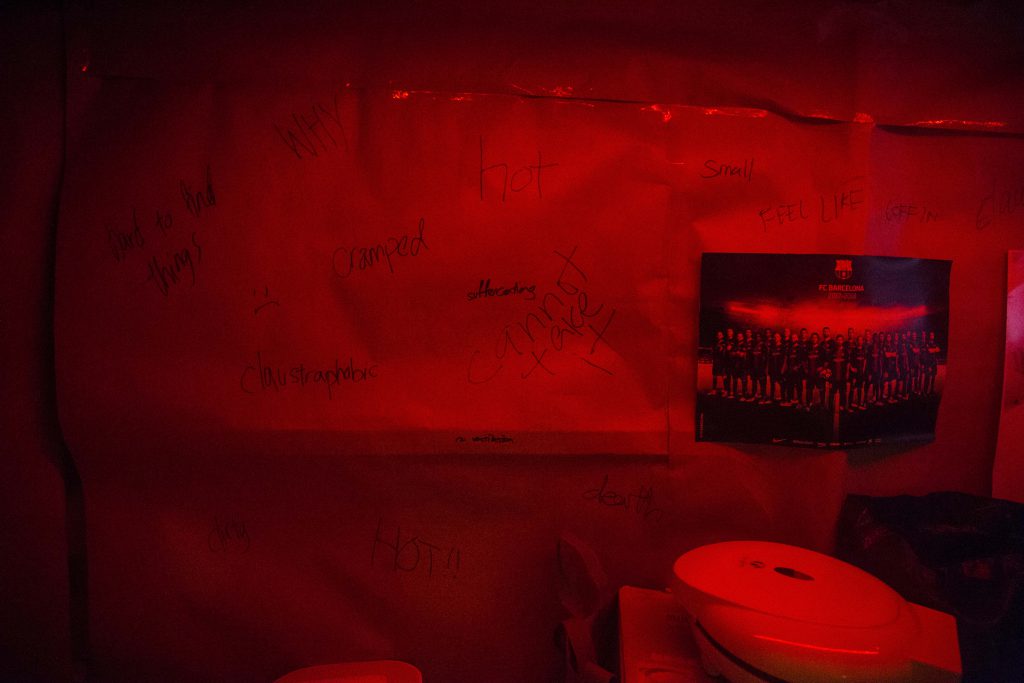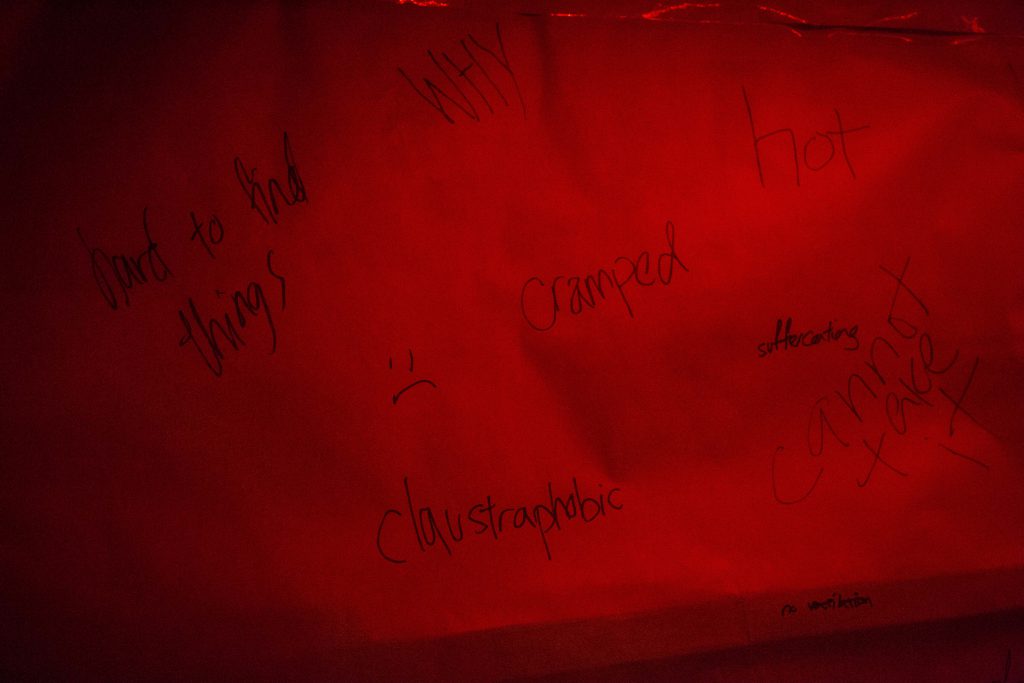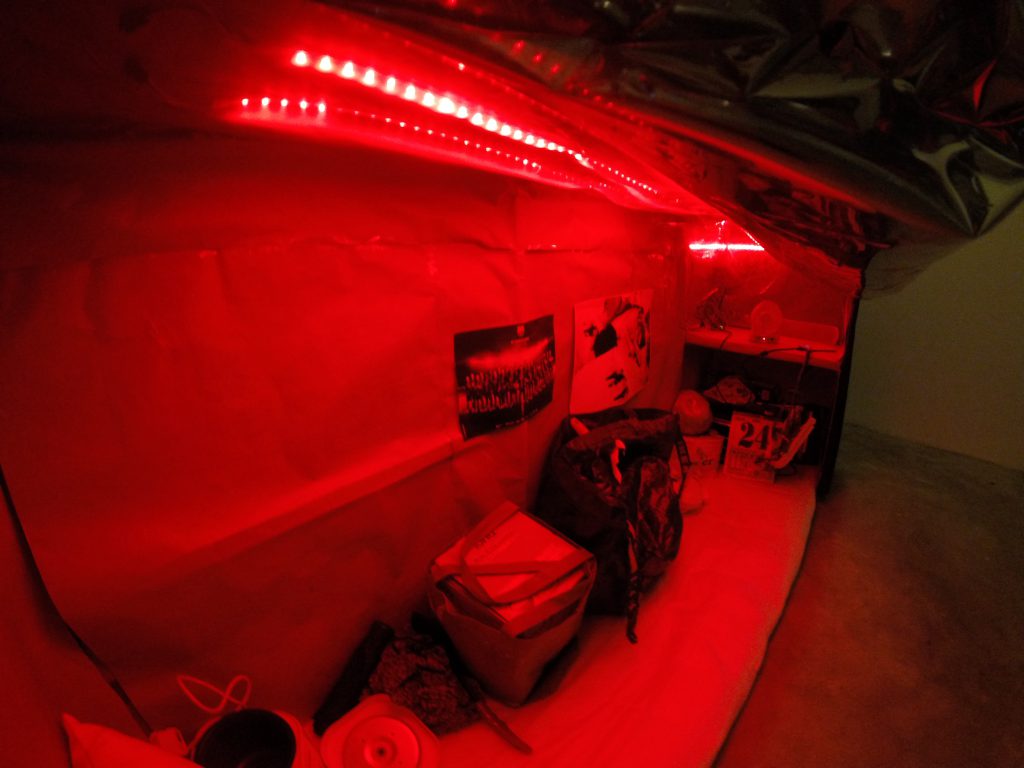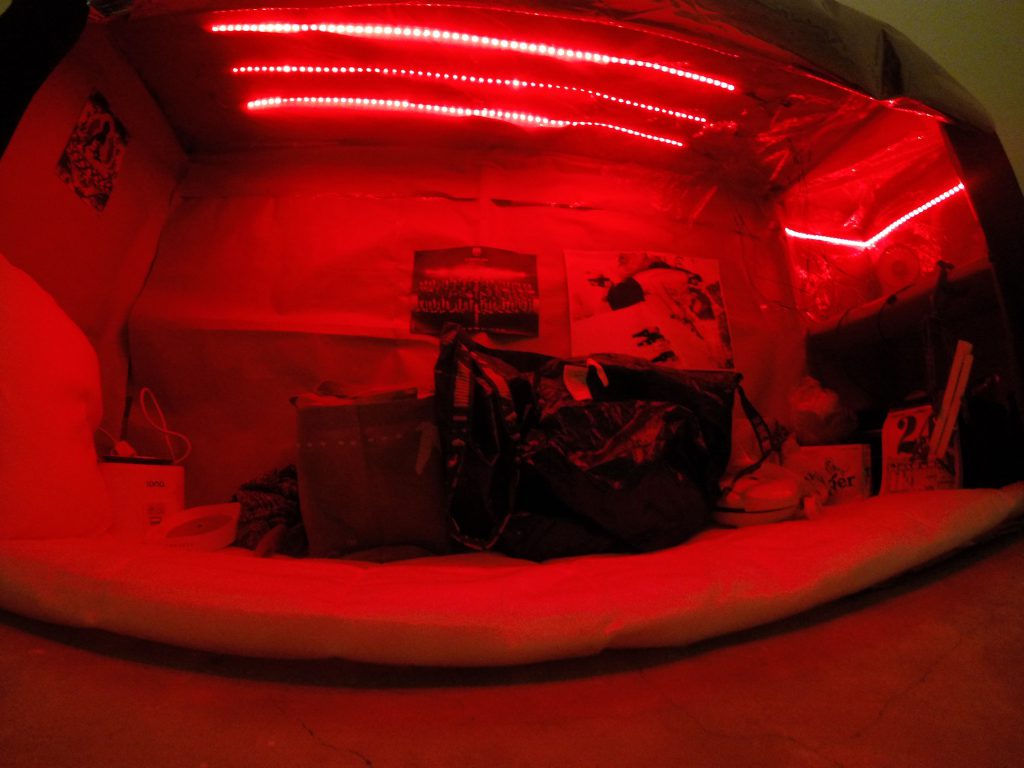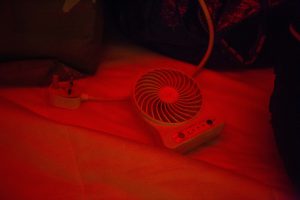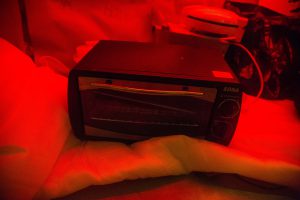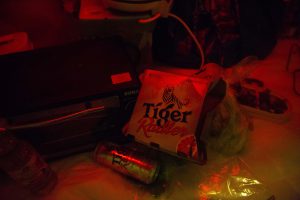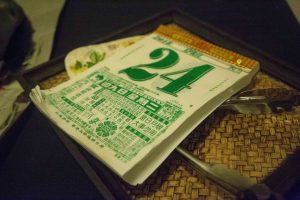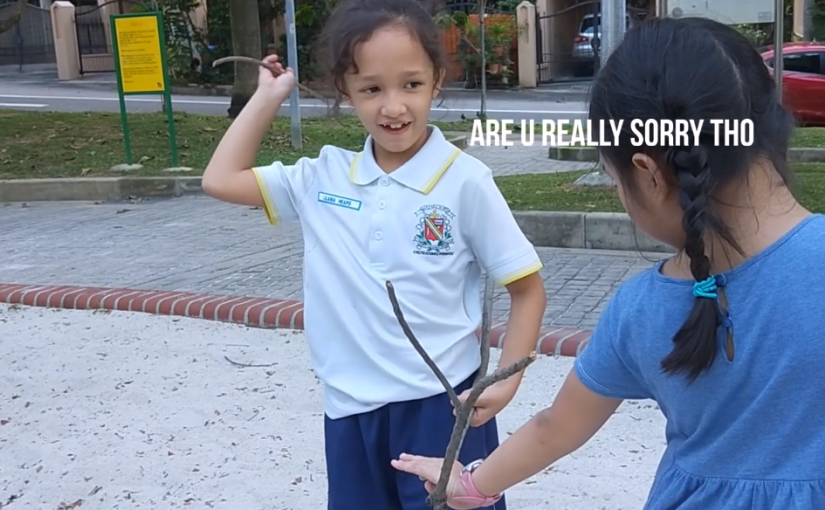Hi good people of OSS.
We’d like to express one thing we’ve missed out during the presentation – written thoughts of participants! We actually found scribbles on the wall after some participants found a marker in the coffin house.
And some others actually followed suit, penning down their thoughts on the walls.
Words such as sad, claustrophobic, cramped and coffin were commonly mentioned with the participants.
The actual coffin boxes of Hong Kong
Here are some images of the real coffin box houses in Hong Kong, in its purest and rawest form.
Does looking at this already make you feel claustrophobic?
Claustrophobia ˌklɔːstrəˈfəʊbɪə: extreme or irrational fear of confined spaces.
For this module of interactive spaces, we really wanted to explore the idea of how one can feel so choked and suffocated through a space itself. Hence we created an installation experience
Having recalled that I chanced upon these coffin houses photos previously, I decided to create this environment along with an experience. 9 out of 10 participants mentioned ‘claustrophobic’ during the installation
The Final Installation

The red LEDs in the space is a metaphor that signifies the will for survival in these coffin homes.
Items in the house
These ‘coffin homes’ are no bigger than 15 square feet. Household items such as food, beer cans, fan, screen, hanging pecs, mattress, pillows were noted in the actual environment. Hence we sourced and purchased these items to simulate the space as much as possible.
We included tiger beer cans and a Chinese calendar to simulate a more typical Asian household field.
Other items we transported over were rice cookers, waffle makers, knife, oil and other kitchen apparatus.


And finally….the final documentation video.
We managed to get students from other majors to try this out. Watch their interactions and reactions to find out how things went!
Video playing on screen
Below is the video that played as the pressure sensor detects a person’s weight.
Wrapping things up…
Ideally, we would place this ‘coffin box project’ in housing estates be it in Hong Kong or Singapore, in the middle of nowhere on of lane, street or void deck to pique curiosity. By revealing a simulated space and environment, we hope to tell stories and spark conversations on the issue through this interactive project. Interactive Spaces as a whole really pushed some critical thinking of spaces in general. Whenever i’m out or at home, I’d start to realise the different ways we interact because of the space – high or low roof, confined or twisted corner. Amazing how some shifts in these conventions change how we see things as a whole.
And oh HEY look what came into the news:
An article by Yahoo on 29th April 2018: With more shoebox units, is Singapore going the way of Hong Kong?
Indeed, it’s a real and relevant question to ask.
Project members: Lay Hsing Ern Valerie, Tan Siew Hua
![Interactive Spaces: Too Small To Swing a Cat [Final]](https://oss.adm.ntu.edu.sg/vlay001/wp-content/uploads/sites/250/2018/04/featured-image.gif)
